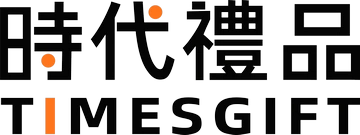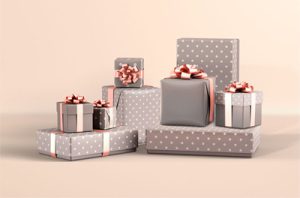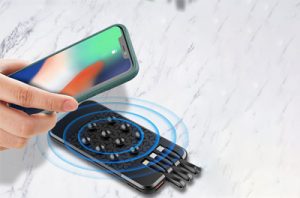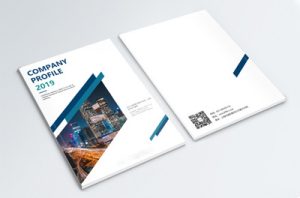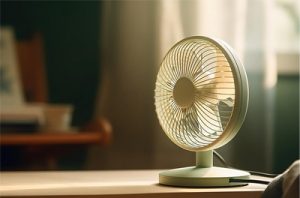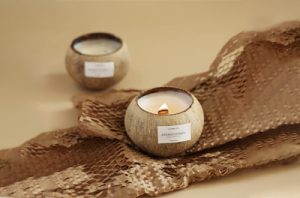In today’s society, environmental protection issues are becoming more and more important, and more and more enterprises and individuals are beginning to pay attention to how to reduce their impact on the environment. People are also looking for customized solutions for eco-friendly lunch boxes to reduce the negative impact of plastic waste on the environment. This article will discuss how to customize an eco-friendly lunch box, and will consider the selection of eco-friendly materials, the design of the lunch box, the precautions for printing methods and packaging, hoping to provide you with practical suggestions and guidelines.
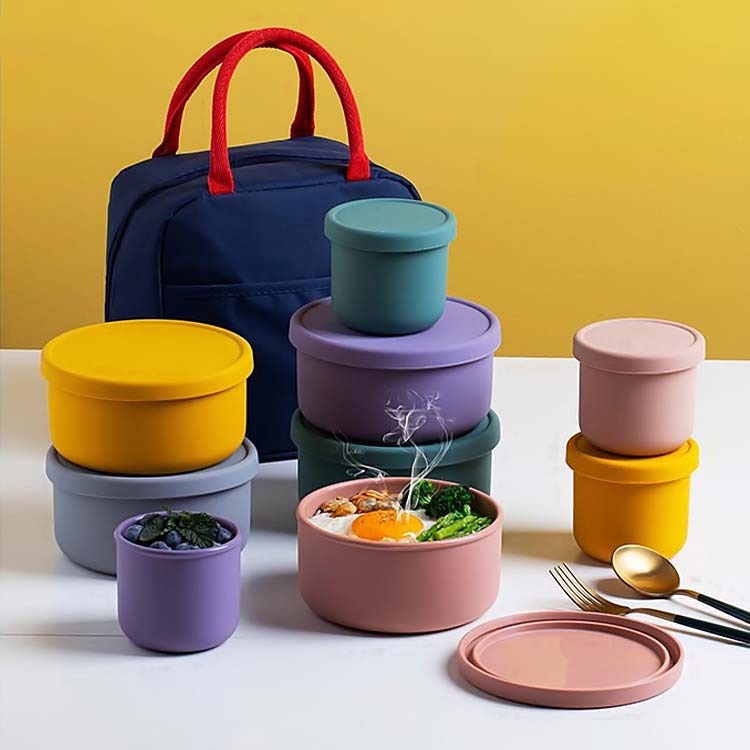
Environmentally friendly lunch boxes should choose environmentally friendly materials
With the various policies promulgated by government departments to encourage the public to use eco-friendly items, the choice of eco-friendly materials is a key step in customizing eco-friendly lunch boxes. Traditional plastic lunch boxes are easy to cause environmental pollution, so the pursuit of choosing more environmentally friendly lunch box materials, such as:
Biodegradable material: A biodegradable material is a material that is degradable and can quickly decompose in the natural environment. Common materials such as biodegradable plastics, corn starch, etc., are ideal for eco-friendly lunch boxes because they reduce their environmental impact.
Food-grade metal: Metal lunch boxes are durable, reusable, and easy to clean, which makes them an eco-friendly and stylish choice. Metal lunch boxes can be made of metals such as stainless steel, aluminum, etc., which not only allow for long-term use, but also reduce the need for single-use plastic lunch boxes, further reducing the environmental impact.
Bamboo material: Bamboo is a sustainably grown plant and an ideal eco-friendly material. Bamboo lunch boxes are not only eco-friendly, but also have a natural aesthetic texture that can enhance the dining experience and give a relaxed natural atmosphere.
Design lunch boxes
The design of the lunch box is not only about the appearance of the object, but also the actual needs and convenience of the user. Here are a few aspects to consider when designing an eco-friendly lunch box:
Capacity: Ensure that the capacity of the lunch box is in line with the actual use size. At the same time, the appropriate size can ensure the sturdiness and portability of the lunch box.
Tightness: Ensure that the lunch box has a good seal to avoid food leakage or deterioration. Tightness is also an important factor in maintaining the freshness and taste of food.
Ease of operation: The user’s convenience should be considered when designing the lunch box, such as the design that is easy to open and close, the handle that is easy to carry, or the design of a user-friendly sealing method.
Versatility: Some lunch boxes can be designed to be multi-functional, such as stackable, microwaveable or freezing, to enhance the usefulness and value of the box.
Pay attention to the way you print
When customizing eco-friendly lunch boxes, the printing method is also an aspect that needs to be paid attention to. Traditional printing methods may use harmful chemicals that can have a negative impact on the body and the environment. Therefore, it is recommended to choose a healthy and environmentally friendly printing method, such as:
Water-based ink: Water-based ink is a commonly used environmentally friendly printing method, using water as a solvent to reduce environmental pollution. This printing method can ensure that the printing pattern of the lunch box is clear, the color is bright and odorless, and at the same time, it meets the requirements of environmental protection.
UV Printing: UV printing is a fast-drying printing method that does not contain volatile organic compounds and reduces the impact on the environment. This printing method can also improve the gloss and durability of the printed matter.
Choose eco-friendly packaging
The last link is packaging, which is also a place that many people ignore, and many people use disposable plastic packaging bags for convenience, which goes against the original intention. The packaging of eco-friendly lunch boxes should be environmentally friendly and avoid using too much packaging material or single-use plastic packaging. It is recommended to choose recyclable packaging materials, such as cartons, kraft paper bags, etc., to reduce the impact on the environment. In fact, for some environmentalists, no packaging is the most environmentally friendly way of packaging!
In addition, environmental labels or instructions can also be considered in the packaging design to remind consumers to pay attention to recycling and environmentally friendly use, and participate in environmental protection actions. You can also print the company’s logo or slogan on the surface of the lunch box, as a promotional gift or event gift, you can combine the brand and environmental protection elements, and use your own brand influence to call on more people to participate in the cause of environmental protection, which is undoubtedly a great contribution to the cause of environmental protection!
Promoting the concept of environmental protection can also promote the corporate brand image, so choosing an eco-friendly lunch box as a promotional gift or corporate giveaway is an excellent win-win choice!
